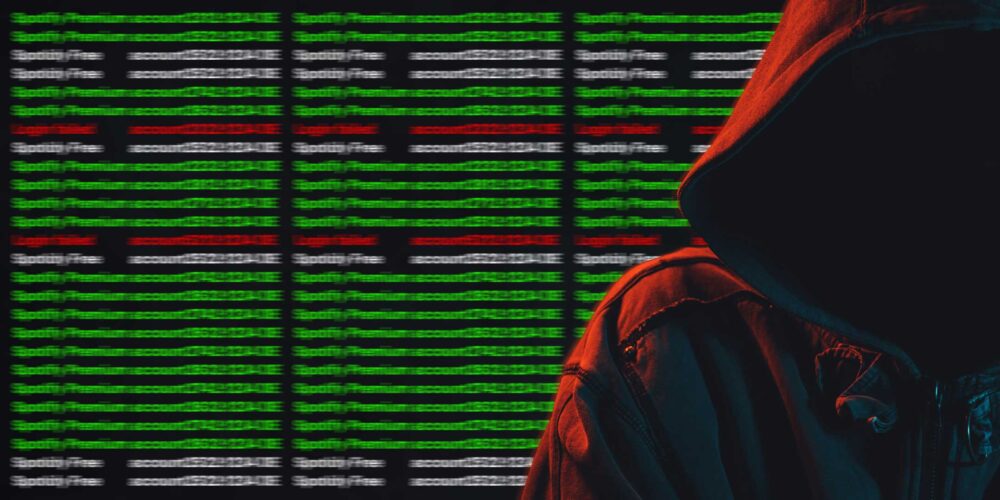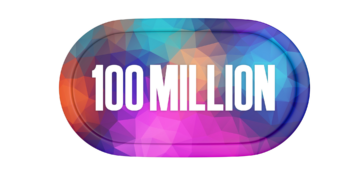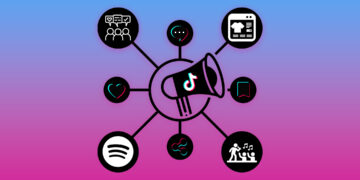Growth vs. fake streams

- Why everyone from streaming providers, labels, and distributors to artists should take consistent action against fake streams, but why this is not always the case
- What conflicts of interest streaming providers and labels have
- Whether the user-centric model could change anything about that
In principle, everyone should take action against fake streams – the artists, the labels, the distributors, and the streaming providers. But in reality, things are a little more complicated, which also explains why fraudulent offers continue to be eagerly accepted but not quite as eagerly removed.
Everyone knows how easy it is to find websites selling streams – a simple Google search will tell you that. Streaming providers are aware of this, too, and do employ people to investigate it, but in the end, they still do not take the necessary measure of actually removing the fake accounts. In the current pro-rata distribution model, fake streams have a direct influence on the royalty payments of every person who goes about their business in an honest way, because their slice of the cake is now smaller.
Labels and streaming services have a conflict of interest
Therefore, all (honest) artists, labels, and distributors should have an interest in putting an end to this fraud that is making them lose money. However, labels and distributors can only ever take action against fraud within their own ranks. But if they do this and others happily continue to commit fraud, they are essentially hurting themselves and are thus stuck in a dilemma between market shares and the fight against fake streams.
Streaming providers are in a similar predicament. They, too, want to continually increase their market share, which is achieved not least through a growing number of users. But if they remove fake accounts, especially those with a premium subscription, they accomplish the exact opposite. They additionally have no real incentive to take any rigorous steps, since it has no influence on their business model if they are also paying for fraudulently generated streams.
Could the user-centric model make a difference?
As a matter of fact, experts agree that a switch could prevent at least a part of the manipulation. However, in an interview with Backstage PRO, data scientist Ruwen Wiemann points out that that this would also lead to non-transparent accounting. The reason is that the payment in a user-centric model would no longer be based on the number of streams. For 1,000 streams, one artist could get 1 Euro while another gets 3 – all without a way of investigating why.
Ruwen Wiemann concludes:
“As long as the solution to the problem is diametrically opposed to the fundamental goals of the parties involved as well as the bonuses attached to them, the only option remaining is to have faith in humanity. In a capitalist world, this usually just leads to honest people getting the dirty end of the stick.”
He advocates foran independent supervisory authority, such associations or collectives in cooperation with universities.
iGroove does not tolerate fake streams
iGroove is determined to take strong actions against fake streams. Using our early warning system, we can immediately spot suspicious numbers and inform our clients. In cases of repeated fraud, the account of the artist will be suspended. When it comes to our revenue projections, fake streams are instantly identified and not counted towards the artist’s projected royalties.











